El B105 en San Francisco, Estados Unidos
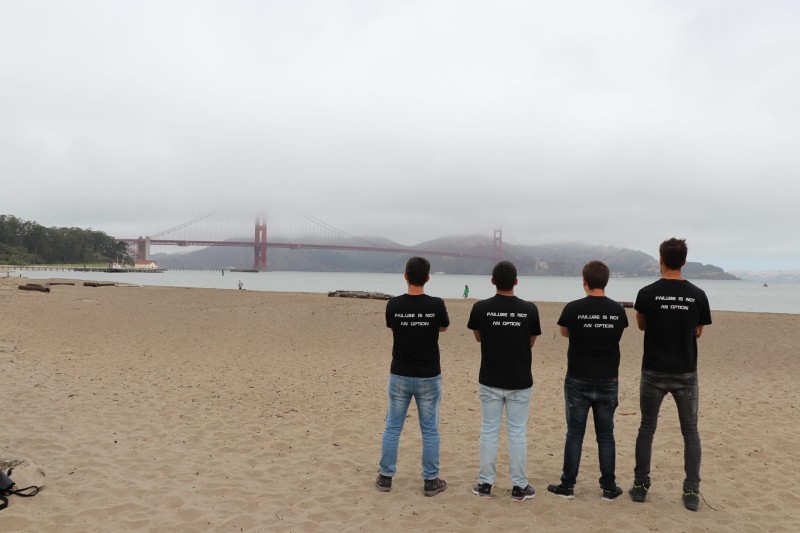

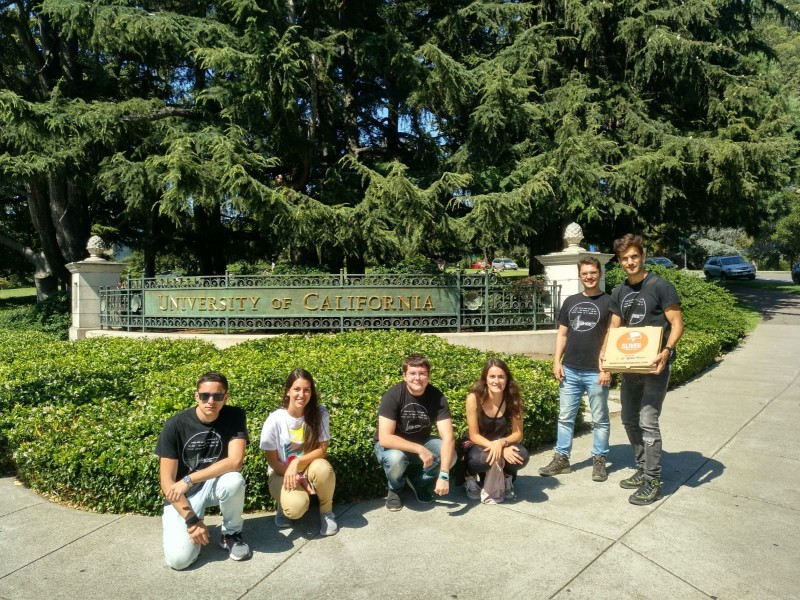
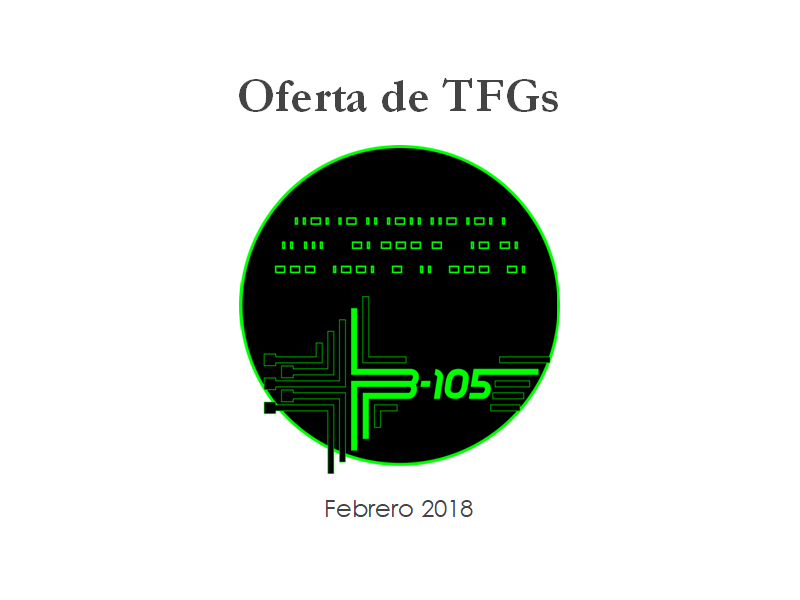
Os presentamos la oferta de TFGs del segundo semestre de este curso 2017/18. Lamentablemente hemos tenido muchas solicitudes durante el cuatrimestre anterior y tenemos el laboratorio casi lleno, por lo que solo presentamos una oferta en esta convocatoria. Si estáis interesados por favor enviadnos un correo electrónico a la dirección que aparece en la oferta. Igualmente si tenéis cualquier duda podéis enviarnos un correo o pasaros por el laboratorio en cualquier momento. Se aceptarán solicitudes hasta el lunes 19 de febrero incluido.
Os esperamos!
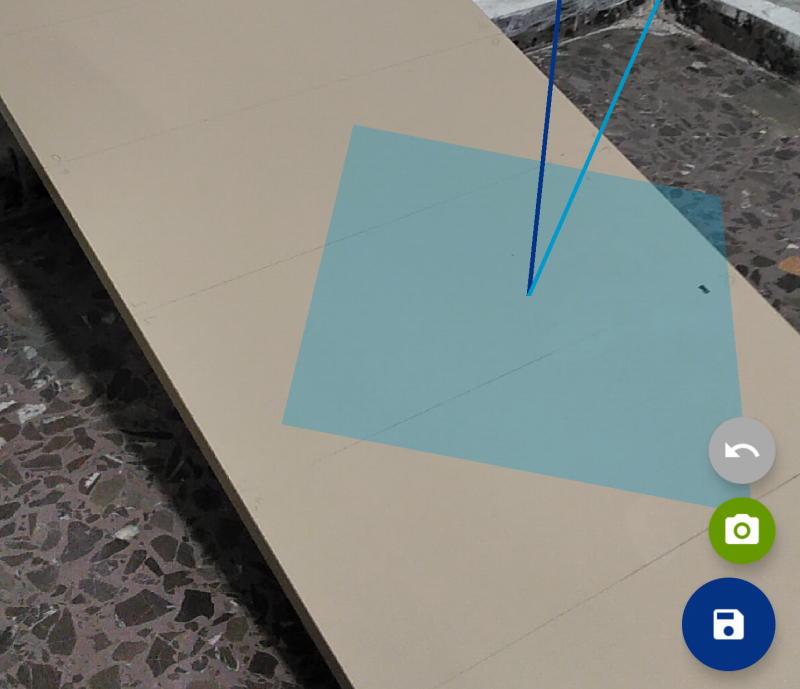
Una de las dos líneas de desarrollo dentro del proyecto Lázaro está dedicada a la detección y caracterización de barreras arquitectónicas en edificios. Para ello en el B105 hemos desarrollado una aplicación Android aprovechando la plataforma de visión artificial Google Tango.
La aplicación está destinada a medir el ángulo de inclinación de las rampas de acceso para personas con movilidad reducida. Hasta ahora, los operarios que realizaban esta tarea debían efectuar medidas y cálculos a mano sobre las rampas. Con esta app la medida del ángulo consiste simplemente en un toque sobre la pantalla.
Para evitar posibles imperfecciones en la medida se le pide al usuario que realice dos mediciones de cada rampa, guardándose la media entre ambas. En la aplicación existe una pantalla de ayuda que explica el proceso al usuario.
Además de esto, en la aplicación pueden consultarse todas las medidas que se han realizado anteriormente con el dispositivo y hacer capturas de pantalla de las mediciones.
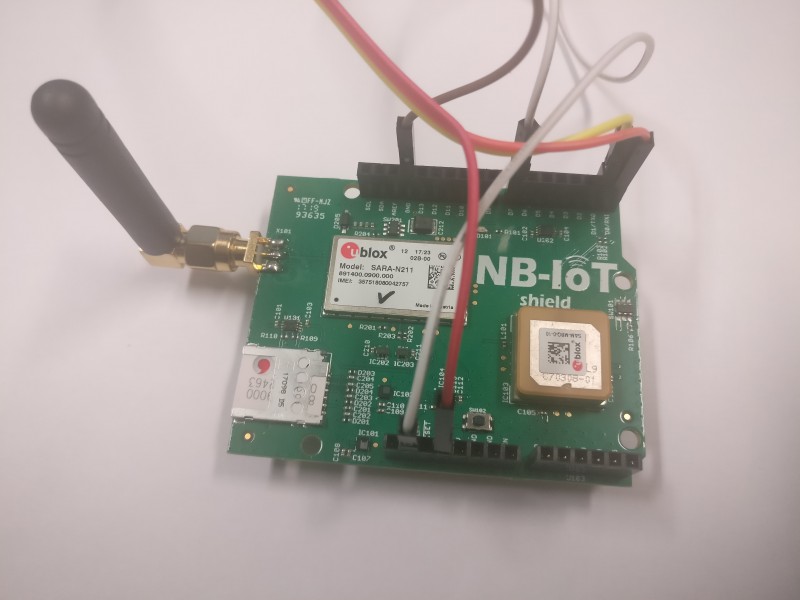
Ya estamos trabajando con los módulos NB-IoT del proyecto Sensoriza y hemos conseguido conectarnos con la red de Vodafone desde el laboratorio.
Hemos hecho pruebas con dos plataformas hardware. En primer lugar usamos una shield NB-IoT para Arduino de la empresa SODAQ que incorpora el módulo SARA-N211 de u-blox. Nosotros la utilizamos de forma autónoma, alimentándola directamente sin utilizar ningún Arduino. Por otro lado tenemos el módulo BC95 de Quectel montado en su propia Evaluation Board. Ambos se conectan mediante un puerto serie USB a un ordenador, ya que los módulos se controlan mediante comandos AT. El escenario de pruebas es el siguiente, con el módulo de u-blox más pequeño a la izquierda y el de Quectel a la derecha.
Tras estudiar y entender la sucesión de comandos necesaria, y con la información que nos ha facilitado Vodafone, hemos conseguido conectar ambos dispositivos a la red de forma correcta.